Dr. David Livingstone (1813-1873)
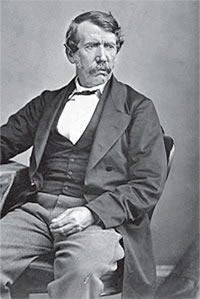 “If you have men who will only come if they know there is a good road, I don’t want them. I want men who will come if there is no road at all.” David Livingstone.
“If you have men who will only come if they know there is a good road, I don’t want them. I want men who will come if there is no road at all.” David Livingstone.
Publications Missionary travels and Researches in South Africa (1857) Narrative of an Expedition to the Zambezi and Its Tributaries (1865) The Last Journals of David Livingstone in Central Africa (1874) Dr. David Livingstone is a Scottish missionary and a physician, who spent half of his life exploring southern and central Africa. Other than contributing to Europe’s knowledge about its geography, Livingstone raised the awareness on Africa to the Western world. He also pioneered Christian missionary activities and in freeing African citizens from slavery. Livingstone contributed to the ‘scramble of Africa’, in which European powers seized Africa between late 19th and early 20th centuries. Born in Blantyre, Scotland, Dr. David Livingstone had religious, working-class parents. At the age of ten he started working in a local cotton mill for a meager pay. Despite the tiring long hours at work, Livingstone managed to study diligently and he entered Anderson’s college in 1836. There he studied theology and medicine and in 1840 received a medical degree from the University of Glasgow.
Missionary travels
In 1841, when Livingstone was 27 years old, he arrived to Cape Town in Africa, starting his missionary work in Kuruman missionary station at the edge of the Kalahari Dessert. But disappointed with the small number of believers in Kuruman and having the desire to “Preach the gospel beyond every other man’s line of things”, Livingstone then began to travel northward. Few years later he was able to start his own station at Mabotsa during the time which he got married to Mary Moffat whom then had to face numerous hardships alongside Livingstone, during his early years of explorations. Livingstone went on searching for new groups and preaching them the gospel. Eventually he became interested in the idea of opening up Africa’s interior to its broader influences from the Western civilization. Livingstone’s motive behind this was to unite Christianity and trading activities in order to uplift African people and to end slave trading. In 1849, Livingstone crossed the Kalahari Desert with two other Europeans and found the Lake Ngami which was famous among the people of southern Kalahari for its rich, fertile banks and the area surrounding. Two years later, Livingstone was able to reach Makololo and to sight the upper Zambezi River. He recognized Zambezi as a navigable waterway that would give access to the central Africa.
River explorations
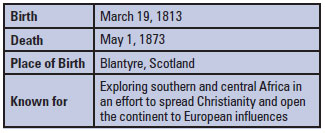 Livingstone returned to Cape Town in 1852, with the ambitions of building a mission-trading center in Makolala and to find a route from the upper Zambezi to one of the coasts of Africa. Enduring numerous hardships and after several unsuccessful attempts Livingstone became the first European to see the Zambezi’s plunge into a narrow gorge which he named Victoria Falls. His careful geographical records during the times provided information that filled huge gaps of European knowledge on central and southern parts of Africa. In May 1856, Livingstone became the first European man to cross the full width of southern Africa by reaching the mouth of Zambezi in the Indian Ocean. When Livingstone returned to England in 1856, he was considered a National hero and was honoured by the Royal Geographical Society. But in 1857, Livingstone resigned from the London Missionary Society because its directors were not convinced that he was spreading the gospel through his journeys. Even though he returned to Africa in 1858 to explore more around Eastern and Western Africa, the death of his beloved wife Mary and the slave trading activities in Africa had him devastated. As a result, disappointed by the results of his explorations, Livingstone was ordered to return home in 1864.
Livingstone returned to Cape Town in 1852, with the ambitions of building a mission-trading center in Makolala and to find a route from the upper Zambezi to one of the coasts of Africa. Enduring numerous hardships and after several unsuccessful attempts Livingstone became the first European to see the Zambezi’s plunge into a narrow gorge which he named Victoria Falls. His careful geographical records during the times provided information that filled huge gaps of European knowledge on central and southern parts of Africa. In May 1856, Livingstone became the first European man to cross the full width of southern Africa by reaching the mouth of Zambezi in the Indian Ocean. When Livingstone returned to England in 1856, he was considered a National hero and was honoured by the Royal Geographical Society. But in 1857, Livingstone resigned from the London Missionary Society because its directors were not convinced that he was spreading the gospel through his journeys. Even though he returned to Africa in 1858 to explore more around Eastern and Western Africa, the death of his beloved wife Mary and the slave trading activities in Africa had him devastated. As a result, disappointed by the results of his explorations, Livingstone was ordered to return home in 1864.
Final journey
Dr. David Livingstone’s final expedition was to central Africa and it lasted from 1866 until his death in 1873. The intention of this expedition was to search for the source of the Nile and to report further on the slave trade in the region. For the most part of this expedition, Livingstone was unable to communicate with the authorities. Many years later, a rescue team headed by the journalist H.M. Stanley reached Livingstone. After convincing Stanly that he was not in need of rescue, Livingstone continued his expedition with new supplies from Stanley. But his poor health led to his death in May 1873. By the time of his death, Livingstone was able to raise the interests of the Western world about the geography and the available natural resurces in central Africa. He also inspired countless Christian missionaries to work with African people. Moreover, as a result of his long-term efforts, Livingstone was able to provide new moral incentives for European Colonizers in Africa, regarding the acts associated with slave trading in central and east Africa.
Thishana M. Rajanayake






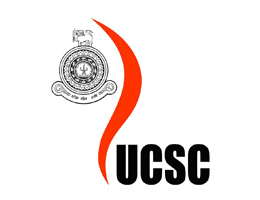
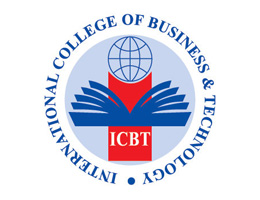













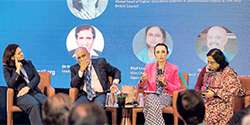

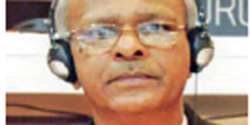



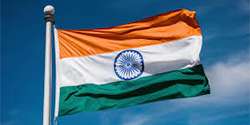










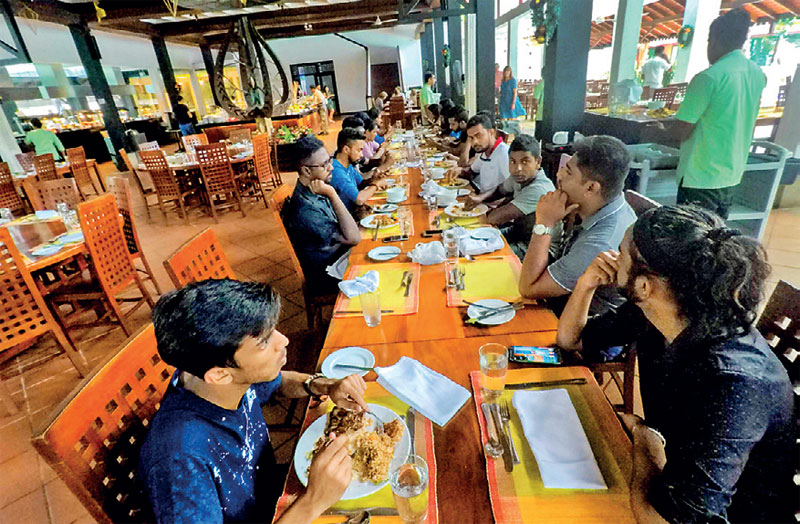
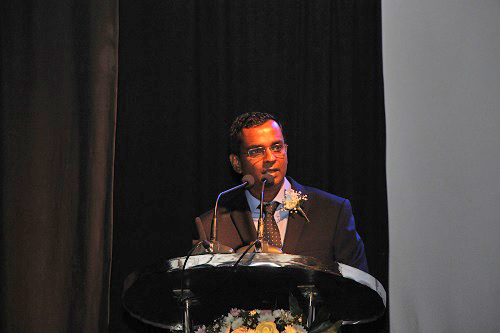

.jpg)
.jpg)
.jpg)
.jpg)

.jpg)
